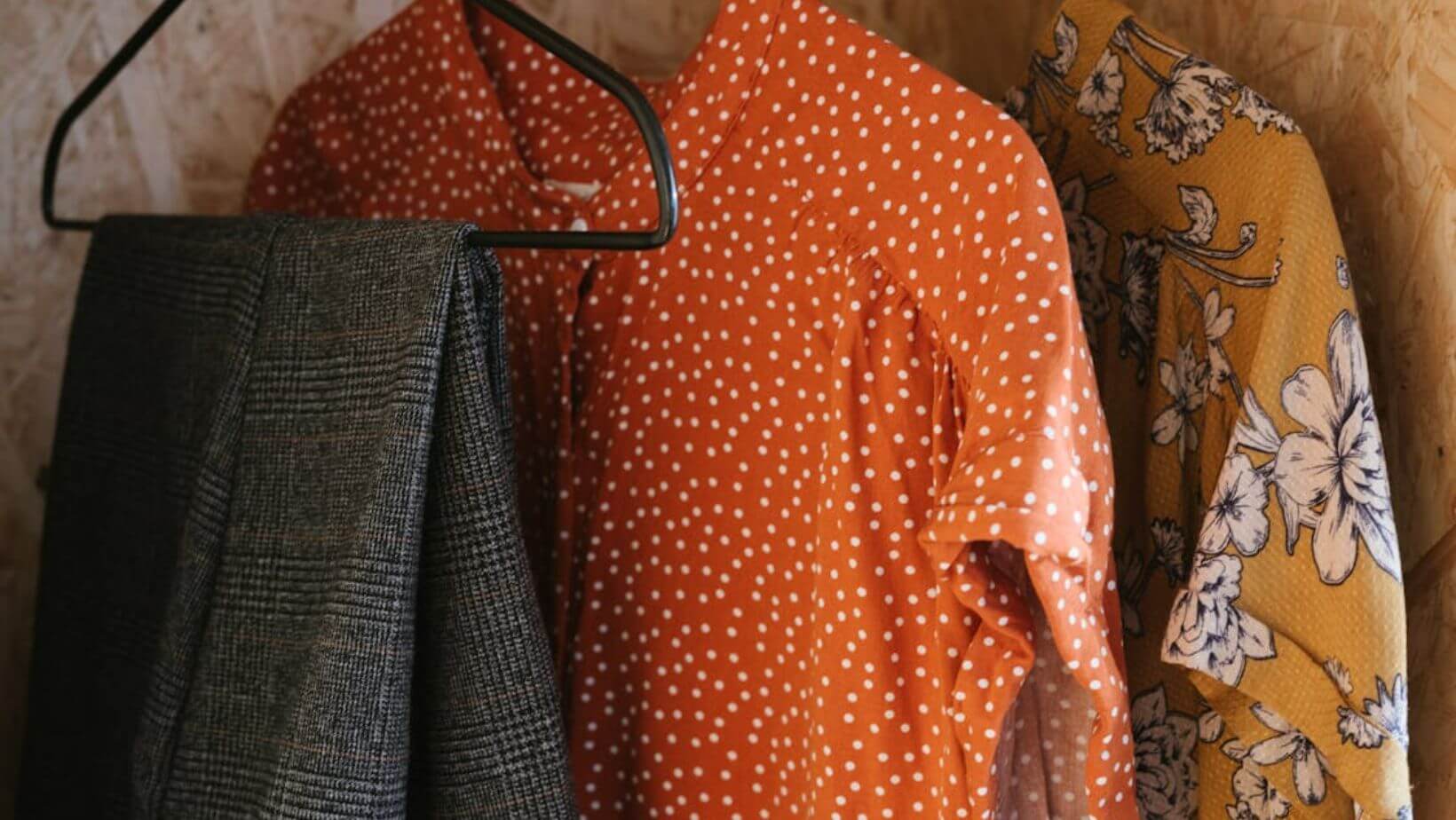Let’s be honest: the phrase “small walk-in closet” can feel like a bit of an oxymoron. You have the “walk-in” part, which conjures images of spacious, airy dressing rooms, and the “small” part, which is your reality; a few steps in before you’re reacquainted with the opposite wall.
But here’s the secret that professional organizers and interior designers have known for years: a small walk-in closet isn’t a limitation; it’s an opportunity for genius-level organization.
A well-organized closet does more than just hold clothes. The goal isn’t to magically add square footage. It’s to work smarter within the space you have. Let’s walk through eight powerful design tricks that will maximize every single inch of your small walk-in closet.
Embrace the golden vertical space
In a small closet, the vertical space from floor to ceiling is your most valuable real estate. You can always check out various small walk-in closet layout ideas to get the best feeling of what would fit your room the most. Most people use only the space between their shoulders and knees, leaving a vast amount of potential storage untouched.
- Go all the way to the ceiling: Install shelving that reaches within 6-12 inches of the ceiling. Use the highest shelves for out-of-season storage, luggage, or memory boxes. A sturdy step stool can be tucked away for easy access.
- Double your hanging space: Instead of a single hanging rod, implement double-hanging rods in sections. This is perfect for shirts, blouses, pants, and shorter items, effectively doubling your capacity in the same footprint.
- Utilize the back of the door: This is often the most overlooked space. An over-the-door organizer with clear pockets is perfect for accessories, shoes, belts, or ties.
Use a customized system
While common in builder-grade homes, wire shelving is often flimsy, inefficient, and can damage your clothes. Investing in a customizable closet system is the single biggest upgrade you can make.
Why Solid Shelving Wins? Solid wood or laminate shelves are sturdier, better for folded items, and offer a cleaner, more high-end look.
The Power of Modular Systems: Many companies offer modular components that you can configure yourself. This allows you to create a layout tailored precisely to your inventory.
| Clothing item | Recommended storage method | Why is it the best? |
| Long dresses and coats | Single high rod section | Prevents dragging and maintains shape. |
| Shirts, blouses, and jackets | Double-hanging rod section | Maximizes vertical space; easy to see options. |
| Pants and skirts | Cascading clip hangers or shelves | Prevents creases from folding; saves space. |
| Sweaters and jeans | Folded on open shelving | Prevents hanger shoulder bumps; easy to stack. |
| Shoes | Slanted or clear-front shoe cubbies | Protects shape; makes selection easy. |
| Accessories | Drawer dividers, hooks, or trays | Prevents tangling and creates a designated “home.” |
Let it be light
A dim, shadowy closet makes it hard to find things and can make the space feel even smaller and more cave-like. Good lighting is non-negotiable.
Overhead is sometimes not enough: A single central light casts shadows on everything below it. Supplement it with LED strip lighting or puck lights installed underneath shelves.
Choose the best color temperature: Opt for LED bulbs with a daylight (5000K-6500K) color temperature. This provides the most accurate color representation, so you can see the true color of your clothes and easily put together outfits.
Become a master of editing
No design trick in the world can compensate for a volume of stuff that far exceeds your storage capacity. The most effective way to enhance usability is to curate your collection.
- Be ruthless. If you haven’t worn it in a year, it doesn’t fit, or it’s damaged beyond repair, it’s time for it to go. Adopt the “one in, one out” rule to maintain your newly organized space.
- Rotate seasonally: Don’t let your bulky winter coats hog prime real estate in July. Store out-of-season clothing in vacuum-sealed bags under the bed or on those high shelves. This frees up daily space for the clothes you’re actually wearing.
Have some strategic visibility
If you can’t see it, you won’t wear it. Avoid the “black hole” dresser drawer effect in your closet.
Open Shelving for Folded Items: Use open shelving for sweaters and jeans instead of deep drawers. You can see your entire inventory at a glance.
Uniform Hangers: Switching to a set of slim, non-slip hangers (like velvet or wood) does two things: it creates a visually calm, unified look, and the slim profile saves significant rod space.
Clear Bins for Accessories: For smaller items like bags or hats, use clear, labeled bins on high shelves. You can instantly identify the contents without having to pull everything down.
Use the corner wisely
The corner of a walk-in closet is a notorious dead zone. It’s deep, awkward, and things get lost forever. The solution is a specialized corner system.
- Lazy Susan Carousel: A rotating carousel shelf makes every item in the corner accessible with a simple spin. Perfect for shoes, handbags, or folded items.
- Diagonal Rod Kit: These kits include a rod that is mounted diagonally across the corner, allowing you to hang clothes in a previously unusable space.
- Simple angled shelf: A triangular shelf unit can also effectively utilize the corner for storage.
Use some thoughtful seating and mirrors
Functionality isn’t just about storage; it’s about the experience of using the space.
- A place to sit: If you have the floor space, a small, backless ottoman or a floating wall-mounted bench serves double duty. It provides a place to sit while putting on shoes, and many ottomans offer hidden storage inside for off-season items.
- A full-length mirror: Mount a full-length mirror on the inside of the closet door or on a blank wall. This saves you from running to another room to check your outfit and makes the closet a self-contained dressing room.
Make it personal
Finally, remember this is your space. A few personal touches will make it a place you enjoy being in.
- A pop of your favorite color or pattern: Paint the back wall a bold color or add a fun, removable wallpaper. This adds depth and personality.
- A pleasant scent: A simple sachet of lavender or a cedar block not only smells wonderful but also helps protect your clothes from moths.
Transforming a small walk-in closet from a frustrating jumble into a streamlined sanctuary is entirely achievable. It’s not about having more space; it’s about using your space more wisely. By implementing these eight tricks, you’ll not only reclaim your closet, but you’ll reclaim precious time and peace of mind every single day. Your future self, sipping coffee while effortlessly selecting an outfit, will thank you.


